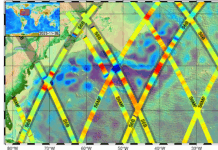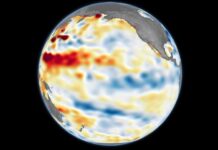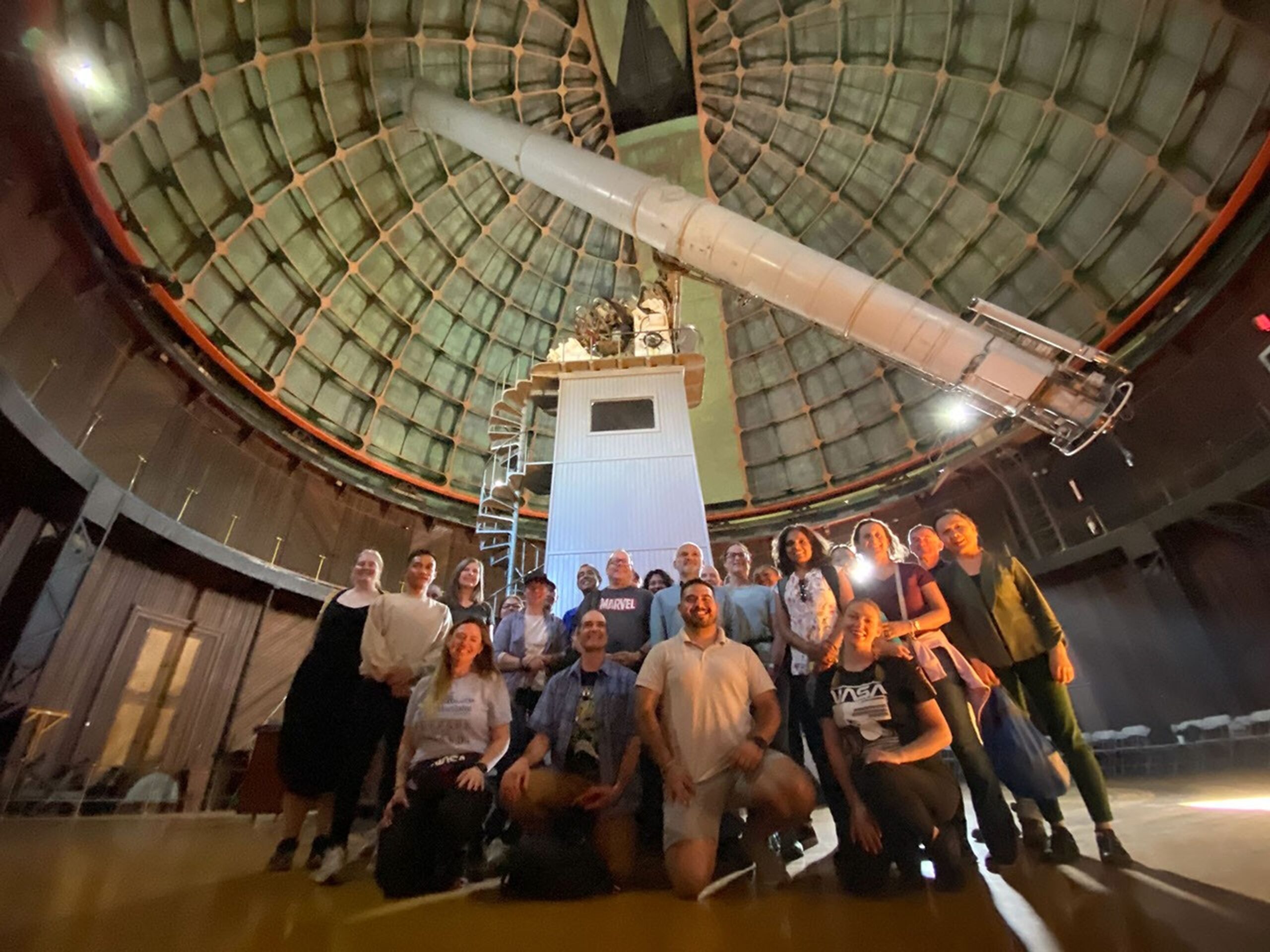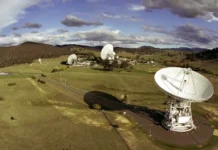STEM Immersion Experience for Educators: Exploring the Cosmos with NASA’s Infrared Astronomy
In an extraordinary opportunity for educators, 23 teachers from the AAA (American Astronomical Association) recently participated in a two-day STEM immersion program designed to deepen their understanding of infrared astronomy and its latest advancements. This event, which took place from September 14-15, aimed to enhance the participants’ science teaching skills and introduce them to cutting-edge research conducted by NASA’s Jet Propulsion Laboratory (JPL).
The immersive experience began with a curriculum teaching workshop where the educators engaged in discussions and activities focused on the latest methods and tools for teaching astronomy in schools. This workshop was not just about theoretical knowledge; it provided practical insights that teachers can apply directly in their classrooms to inspire the next generation of astronomers and scientists.
A significant highlight of this program was the opportunity for these educators to learn from NASA JPL scientists who are at the forefront of infrared astronomy research. Infrared astronomy is a field that studies the universe using infrared radiation, which can reveal objects and phenomena not visible in standard optical telescopes. This branch of astronomy is crucial for understanding celestial bodies that are too cool or obscured by dust to be seen in visible light, such as certain stars, planets, and galaxies.
The educators were also treated to an exclusive tour of the Keck Observatory’s remote observing facility located on the Caltech campus. The Keck Observatory is renowned for its powerful telescopes, which have contributed significantly to astronomical discoveries. The remote observing facility allows scientists to operate telescopes situated at distant locations, enabling observations of the universe with remarkable precision.
In addition to the Keck Observatory tour, the participants visited the historic Mt. Wilson Observatory, gaining access to one of the most iconic instruments in the field of astronomy—the 60-inch telescope. This telescope has a rich history of significant discoveries and was one of the largest in the world when it was completed in the early 20th century.
The teachers were given the unique opportunity to curate their own list of celestial objects to observe using the Mt. Wilson telescope. This hands-on experience included observing a variety of star clusters, vibrant double stars, and distant galaxies. The culmination of this stargazing session was a breathtaking view of Saturn and its majestic rings, offering a memorable experience that these educators can share with their students.
The program emphasized not only the scientific and educational aspects of astronomy but also the wonder and fascination that the universe inspires. By providing teachers with firsthand experience and access to advanced astronomical research, the program aimed to equip them with the knowledge and enthusiasm necessary to ignite a similar passion for astronomy in their students.
Understanding Infrared Astronomy
Infrared astronomy is an essential field that allows scientists to peer into regions of space that are invisible to the naked eye. Unlike visible light, infrared radiation can penetrate through cosmic dust clouds, revealing hidden features of the universe. This capability is particularly important for studying the formation of stars and planets, examining the structure of galaxies, and investigating the mysterious dark matter that makes up a significant portion of the universe.
NASA’s Jet Propulsion Laboratory is a leader in developing technologies and missions that utilize infrared astronomy. Notable missions include the Spitzer Space Telescope, which has provided invaluable data about the universe in infrared light, and the upcoming James Webb Space Telescope, which promises to further expand our understanding of the cosmos.
The Significance of Teacher Involvement
Programs like this STEM immersion experience are crucial for empowering educators with the tools and knowledge necessary to effectively teach complex scientific concepts. Teachers play a vital role in shaping the future of science education, and by involving them in advanced research opportunities, they are better prepared to inspire curiosity and critical thinking in their students.
Moreover, such programs help bridge the gap between cutting-edge scientific research and classroom education. By directly engaging with scientists and observing astronomical phenomena, teachers can bring a wealth of real-world experience and excitement into their lessons, making science more accessible and engaging for students.
Reactions and Feedback
Participants of the program expressed immense gratitude and enthusiasm for the opportunity to engage with leading scientists and explore advanced astronomical facilities. Many educators noted that the experience reignited their passion for teaching and provided them with new strategies to captivate their students’ interest in astronomy.
The chance to observe celestial objects through powerful telescopes was particularly impactful, as it allowed teachers to witness the beauty and complexity of the universe firsthand. This experience not only enhanced their understanding of astronomical concepts but also provided them with compelling stories and observations to share with their students.
Conclusion
The STEM immersion experience offered to AAA educators exemplifies the importance of integrating scientific research and education. By providing teachers with unique opportunities to engage with modern astronomical research and technology, programs like this ensure that the next generation of scientists and astronomers is well-prepared and inspired.
For anyone interested in the field of astronomy or looking to enhance their teaching methods, participating in similar programs can be incredibly beneficial. Not only do these experiences offer valuable insights and knowledge, but they also foster a deeper appreciation for the wonders of the universe.
For more information on similar educational opportunities and the latest advancements in astronomy, visit the official website of the American Astronomical Association.
For more Information, Refer to this article.


































